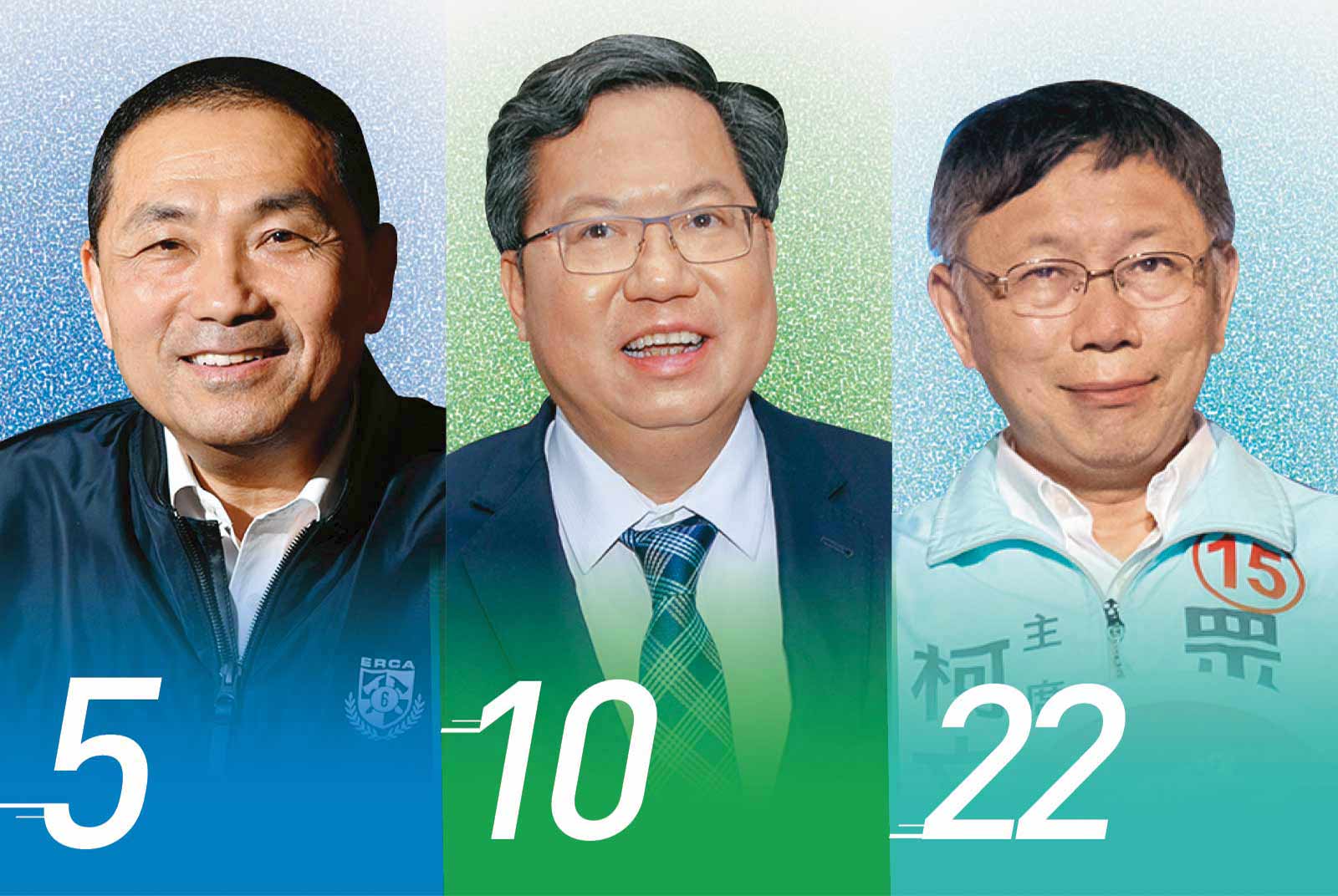CommonWealth Magazine Taiwan Top 2000 Survey
Taiwan Top 2000: Senao’s Big Omnichannel Gambit
Source:Chien-Ying Chiu
Selling everything from smartphones to health supplements, Senao International has overhauled its business to keep up with a rapidly changing digital world. CommonWealth looks at the strategy that has this Taiwanese electronics retailer branching out into new products and channels to build customer loyalty.
Views
Taiwan Top 2000: Senao’s Big Omnichannel Gambit
By Hannah ChangFrom CommonWealth Magazine (vol. 672 )
Electronics retailer Senao International has undergone a dramatic digital transformation. Starting as a mobile phone specialist operating out of retail stores, it is metamorphosing into an “omnichannel” retailer that caters to its active users.
Senao originally positioned itself as a vendor of mobile phones for Taiwan’s biggest telecom company, Chunghwa Telecom, but it launched a full-blown digital transformation in 2015. Senao CEO Paul Lin (林保雍) brought in Frank Chang (張鈿浤), an industry veteran with more than 20 years of management experience in the e-commerce sector, to help with the change and head the company’s new e-commerce and IT department.
Chang completely overhauled Senao’s point-of-sale system and physical stores and built an e-commerce website, and today the company has begun using big data analytics and selling high-margin health supplements.
When CommonWealth caught up with Lin for an interview, he was in high spirits as he chronicled Senao’s evolution into e-commerce, lutein supplements and a B2B (business to business) model to complement its retail stores, consumer electronics product line and B2C (business to customer) model. He revealed for the first time that Senao will position itself in the future as an O2O (online to offline) sharing economy platform.
“New technologies have changed business models. As information is transmitted at a faster pace, companies’ operations and the way they sell their products have to change. If you don’t adapt quickly, you’ll be driven out of business,” Lin says.
In the past, sales assistants in Senao stores focused on selling mobile phones and helping customers apply for phone numbers. Enter a store today, however, and one sees those same salespeople encouraging customers to download Senao’s online app and get an immediate discount of NT$100. They also offer customers lutein supplements to protect their eyes or a Working House neck pillow to help them relax.
The company is also changing the mix of products displayed on stores shelves this year to include products for daily living and health supplements. To handle these many new responsibilities, Senao’s mobile phone specialists have all undergone O2O omnichannel training.
“Transformation is a form of upgrading where you upgrade your tools, concepts and efficiency, so we have to convince customers that Senao provides services and is not just limited to 3C,” Chang says, referring to the field spanning computers, communications and consumer electronics.
Chang, who once served as Yahoo Kimo’s senior director of e-commerce business processes, joined Senao in 2015 and has participated in and guided the company’s transformation by promoting an omnichannel business model.
The strategy has delivered significant results so far, driving the company’s number of active, identifiable members from around 500,000 in 2015 to 2.7 million as of April 2019.
Have you read?
♦ Taiwan Top 2000: Who will rule the Post-Smartphone Era?
♦ What’s the Scoop on Brick and Mortar E-commerce?
♦ Taiwan's Next Convenience Store Battlefield?
Building ‘Lifetime Value’
Philip Kotler, the author of Marketing 4.0: Moving from Traditional to Digital, has said the “customer lifetime value” – the value a customer could contribute to a business in the future – for omnichannel customers is 30 percent higher than for single channel customers.
That’s because the omnichannel concept involves more than just having many channels through which products or services are provided. All points of contact with customers are fully integrated to create a seamless journey across channels, providing a more convenient and fulfilling customer experience that builds loyalty.
In his book on why Amazon is opening physical stores, Japanese author Takashi Okutani described Amazon’s strategy as “building customer relationships online and leveraging them in the battle for customers in physical store spaces.” This online-offline integration creates omnichannels through which customer data is amassed. That data is then used to optimize tailored strategies for special offers, pricing and products for each customer, enabling Amazon to become one of the dominant players in the retail sector, Okutani said.
Since gaining popularity early this decade, e-commerce has presented a growing challenge to brick-and-mortar retailers, and Senao, which runs more than 200 of its own stores, began feeling the heat in 2015 and decided to contemplate what it would have to do in the future to survive.
In 2017, Senao introduced an e-commerce platform called “Senao Online,” and it discovered that health supplements had high profit margins. In the first quarter of the following year, it created a “health products” team by hiring people with pharmacist licenses. The group then traveled to Japan to learn more about the trade and developed its own-brand lutein and probiotics supplements.
The logic of Senao’s approach – “there are so many 3C devices that people need lutein to protect their eyes” – resonated with consumers. In 2018, new O2O retail revenues reached NT$2.1 billion, and revenues from the company’s sales of health supplements rose 86 percent in the first quarter of 2019 from a year earlier.
Beyond its new consumer business, Senao also ventured into support services for businesses in other fields, assisting Sony Mobile, for example, in creating a website and managing the cash flow, logistics and customer service aspects of its business. The two companies meet once a month to discuss marketing activities. The customer information and data they share (that have the identities of customers removed) has helped Senao increase revenue from this new source, including taking a cut of the sales generated through its handling of the company’s website and O2O operations.
 Photo by Chien-Ying Chiu
Photo by Chien-Ying Chiu
New Revenue Sources
This year, Senao is also planning a new B2B business model to help the 2,500 small mobile phone shops dotting roadsides around Taiwan. It wants to forge on “online distribution platform” for them that could give shops that order products from Senao bigger discounts and also offer them access to a wider range of goods (such as air purifiers).
Lin waves his hands to draw a big circle in the air, describing the figure as an “open economy platform” with online and offline services linked together. That configuration, he says, has strengthened Senao’s database and enabled the cross-sector collaboration that has bolstered its results.
As Takashi Okutani wrote, distribution channels are undergoing a major transition, and businesses must see them not as “selling spaces” but as “spaces for building relationships with customers,” a philosophy Senao is taking to heart.
2019 is Senao’s 40th anniversary, and Lin and Chang are envisioning a completely new future. Senao’s physical stores will stress experiences and ambiance, while the online platform will support the brick-and-mortar operation while amassing data. Once analyzed, that data will provide a precise picture of customers and partner vendors and help Senao complete its vision as an omnichannel retailer with fully integrated online and offline operations.
Translated by Luke Sabatier
Edited by Sharon Tseng






